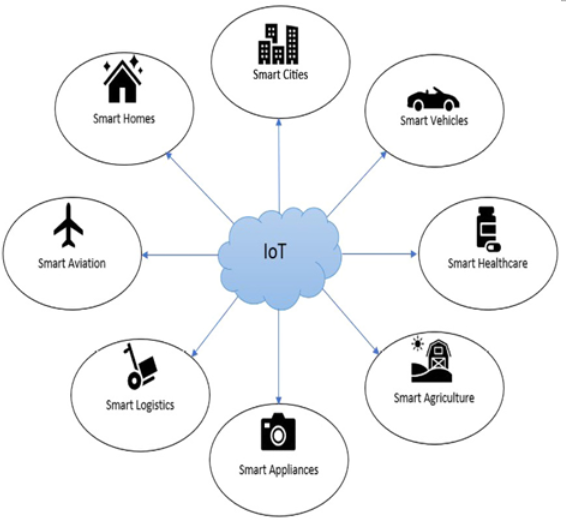IoT, coined by computer scientist Kevin Ashton in 1999, is the term used to refer to the continuously growing network of physical objects that are connected to the internet, having them send and receive data. These objects vary from objects you find in your everyday life, such as smart fridges and mobile phones, to objects spanning entire industries or even cities, such as smart agriculture and smart cities.
Starting from just within your home, IoT has revolutionized how we live and interact with our environment. Some benefits of IoT within the household include the following:
Increased convenience: Devices can be programmed and controlled remotely. For example, imagine adjusting your home’s lighting or heating using just your smartphone even when you’re miles away.
Energy efficiency: Smart thermostats or lighting systems can optimize their operations based on your usage patterns, saving energy and cutting down on utility bills.
Safety and security: IoT-enabled security systems and cameras can notify homeowners of potential breaches, and smart locks can grant or deny entry based on recognized users.
Health monitoring: Smart wearables and devices can track health metrics and provide real-time feedback, potentially notifying users or medical professionals of concerning changes.
Enhanced user experience: Devices can learn and adapt to users’ preferences, ensuring tailored and improved interactions over time.
Including the smart home, some vastly popular areas IoT has been implemented in can be seen in the following figure:

Figure 1.1 – Areas of use for IoT
As can be seen, the applications of IoT reach beyond just smart homes; they also assist with smart vehicles by facilitating GPS tracking and allowing you to upload images online from your smart camera. What makes this extremely powerful is that many actions that are put through this system can be automated through actuators. Actuators convert a control signal sent from the internet to perform certain motions, such as locking doors, turning off lights, and many more. These actions can be set to take place based on thresholds that are exceeded. For example, if the temperature of a room dips below 15°C, a user can use a smart thermostat and remotely schedule it to turn off the air conditioning until it reaches a temperature of at least 25°C, at which point it will turn on again.
